“Racing improves the breed.” That saying is often cited by racing fans who claim that the innovations and developments of high performance activity work their way through the knowledge cycle of auto companies and eventually pop up to benefit Mom and Pop in their mass-market production cars. Race fans should only wish it were true. During the first decades of the automobile’s evolution just about the only racing innovation that translated to road cars was the rear view mirror on Ray Harroun’s 1911 Indy 500-winning Marmon ‘Wasp.’ For a long time it seemed as if the two branches of automobile design were diverging, sharply and permanently. In the late Fifties that began to change and by the time the Sixties reached maturity improvements in the breed due to racing were becoming more commonplace. One of the more obvious instances of the technology transfer was in Chevrolet’s engine development where the Mark IV big block V-8 won on race tracks while at the same time powering much of Chevrolet’s bread-and-butter products. The Mark IV’s development was a direct result of Chevrolet’s search for more performance than the W-series (348/409/427) could find within its unusual canted-deck, flat-bottom cylinder head design. The Mark IV was first seen at Daytona in 1963 where it set the fastest qualifying lap but didn’t finish. By 1965 its potential saw the 396 cubic inch version powering both Corvette and full-size Chevrolets. The secret of the Mark IV was its heads that angled the valves in two planes to create a semi-hemispherical combustion chamber with gently-curved runners and efficient valve location. The Mark IV’s potential was demonstrated conclusively throughout Chevrolet’s product lines. It powered, and still powers, everything from all-out racing Corvettes to pickup trucks and full-size station wagons, a prime example of racing improving the breed. The ultimate development of the Mark IV big block was the L88 Corvette. Introduced in Corvette in 1967, each engine was individually built, assembled, blueprinted and tested off-line in the Tonawanda engine factory. Corvette marketers wanted to hold down demand for the racing engine and shut off its dyno run at 5,300 rpm when it showed only 430 brake horsepower. Its redline was 6,500 rpm where each carefully built L88 V-8 made something like 550hp. One of the L88-powered Corvette’s distinctive features was its highly-domed hood. The air intake was built into the hood, mating closely with the minimal air filter when it was closed. It drew its air not from the nose or from a hood top scoop but from the back of the hood at the junction with the windshield in a naturally-occurring high pressure area. The L88’s hood design couldn’t actually be said to have much effect on road cars, but Corvette Chief Engineer Zora Arkus-Duntov claimed the cold air and natural supercharging effect from the cowl induction hood cut seconds from Corvette’s 0-140 mph time. In another Corvette-based innovation – if not strictly racing related – the cooling for the ‘68s, particularly the big blocks, was augmented for their long-lead press introduction in a last-minute expedient by Arkus-Duntov. He cut extra air intakes under the nose and lengthened the spoiler to create a 'chin-breather,' the first application of this technique which now is widespread in both racing and production cars. The word on the L88 hardly got out in 1967 and only 20 were built. Awareness grew in 1968, when 80 were delivered, followed by 116 in 1969, the last year in production. The L88’s reputation far exceeded its exposure and these 216 Corvettes have become the most sought and valuable of all Corvettes. Many were raced, gathering laurels in North American and in Europe. Others were raced less formally on side streets and service roads. That is the history of the Le Mans Blue 1968 Corvette L88 offered here. It was sold new to Bill Doskocz, Jr. in Orlando, Florida who recalled in a letter to its second owner, Karl Hallstrom, in 1980 as fol
“Racing improves the breed.” That saying is often cited by racing fans who claim that the innovations and developments of high performance activity work their way through the knowledge cycle of auto companies and eventually pop up to benefit Mom and Pop in their mass-market production cars. Race fans should only wish it were true. During the first decades of the automobile’s evolution just about the only racing innovation that translated to road cars was the rear view mirror on Ray Harroun’s 1911 Indy 500-winning Marmon ‘Wasp.’ For a long time it seemed as if the two branches of automobile design were diverging, sharply and permanently. In the late Fifties that began to change and by the time the Sixties reached maturity improvements in the breed due to racing were becoming more commonplace. One of the more obvious instances of the technology transfer was in Chevrolet’s engine development where the Mark IV big block V-8 won on race tracks while at the same time powering much of Chevrolet’s bread-and-butter products. The Mark IV’s development was a direct result of Chevrolet’s search for more performance than the W-series (348/409/427) could find within its unusual canted-deck, flat-bottom cylinder head design. The Mark IV was first seen at Daytona in 1963 where it set the fastest qualifying lap but didn’t finish. By 1965 its potential saw the 396 cubic inch version powering both Corvette and full-size Chevrolets. The secret of the Mark IV was its heads that angled the valves in two planes to create a semi-hemispherical combustion chamber with gently-curved runners and efficient valve location. The Mark IV’s potential was demonstrated conclusively throughout Chevrolet’s product lines. It powered, and still powers, everything from all-out racing Corvettes to pickup trucks and full-size station wagons, a prime example of racing improving the breed. The ultimate development of the Mark IV big block was the L88 Corvette. Introduced in Corvette in 1967, each engine was individually built, assembled, blueprinted and tested off-line in the Tonawanda engine factory. Corvette marketers wanted to hold down demand for the racing engine and shut off its dyno run at 5,300 rpm when it showed only 430 brake horsepower. Its redline was 6,500 rpm where each carefully built L88 V-8 made something like 550hp. One of the L88-powered Corvette’s distinctive features was its highly-domed hood. The air intake was built into the hood, mating closely with the minimal air filter when it was closed. It drew its air not from the nose or from a hood top scoop but from the back of the hood at the junction with the windshield in a naturally-occurring high pressure area. The L88’s hood design couldn’t actually be said to have much effect on road cars, but Corvette Chief Engineer Zora Arkus-Duntov claimed the cold air and natural supercharging effect from the cowl induction hood cut seconds from Corvette’s 0-140 mph time. In another Corvette-based innovation – if not strictly racing related – the cooling for the ‘68s, particularly the big blocks, was augmented for their long-lead press introduction in a last-minute expedient by Arkus-Duntov. He cut extra air intakes under the nose and lengthened the spoiler to create a 'chin-breather,' the first application of this technique which now is widespread in both racing and production cars. The word on the L88 hardly got out in 1967 and only 20 were built. Awareness grew in 1968, when 80 were delivered, followed by 116 in 1969, the last year in production. The L88’s reputation far exceeded its exposure and these 216 Corvettes have become the most sought and valuable of all Corvettes. Many were raced, gathering laurels in North American and in Europe. Others were raced less formally on side streets and service roads. That is the history of the Le Mans Blue 1968 Corvette L88 offered here. It was sold new to Bill Doskocz, Jr. in Orlando, Florida who recalled in a letter to its second owner, Karl Hallstrom, in 1980 as fol
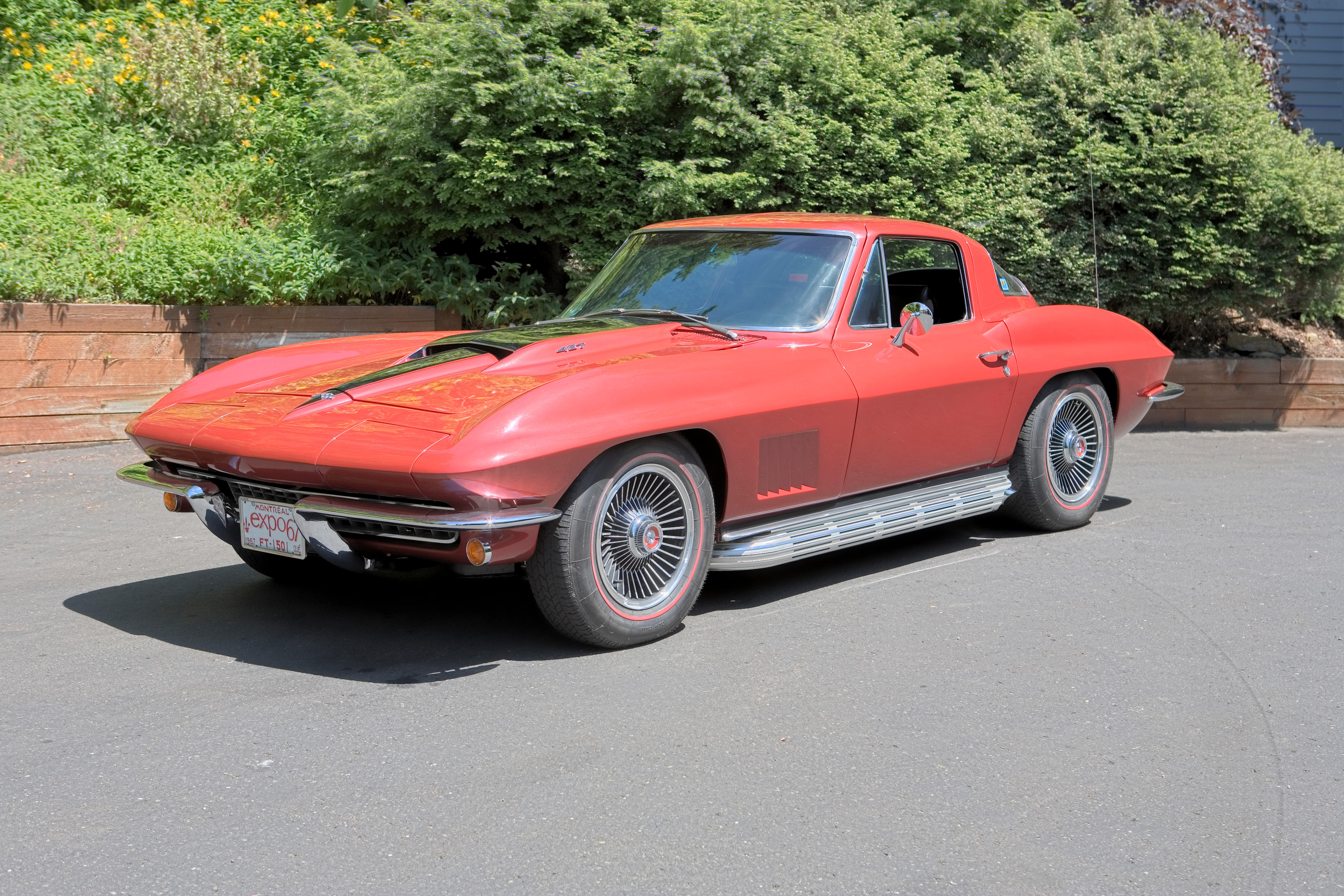



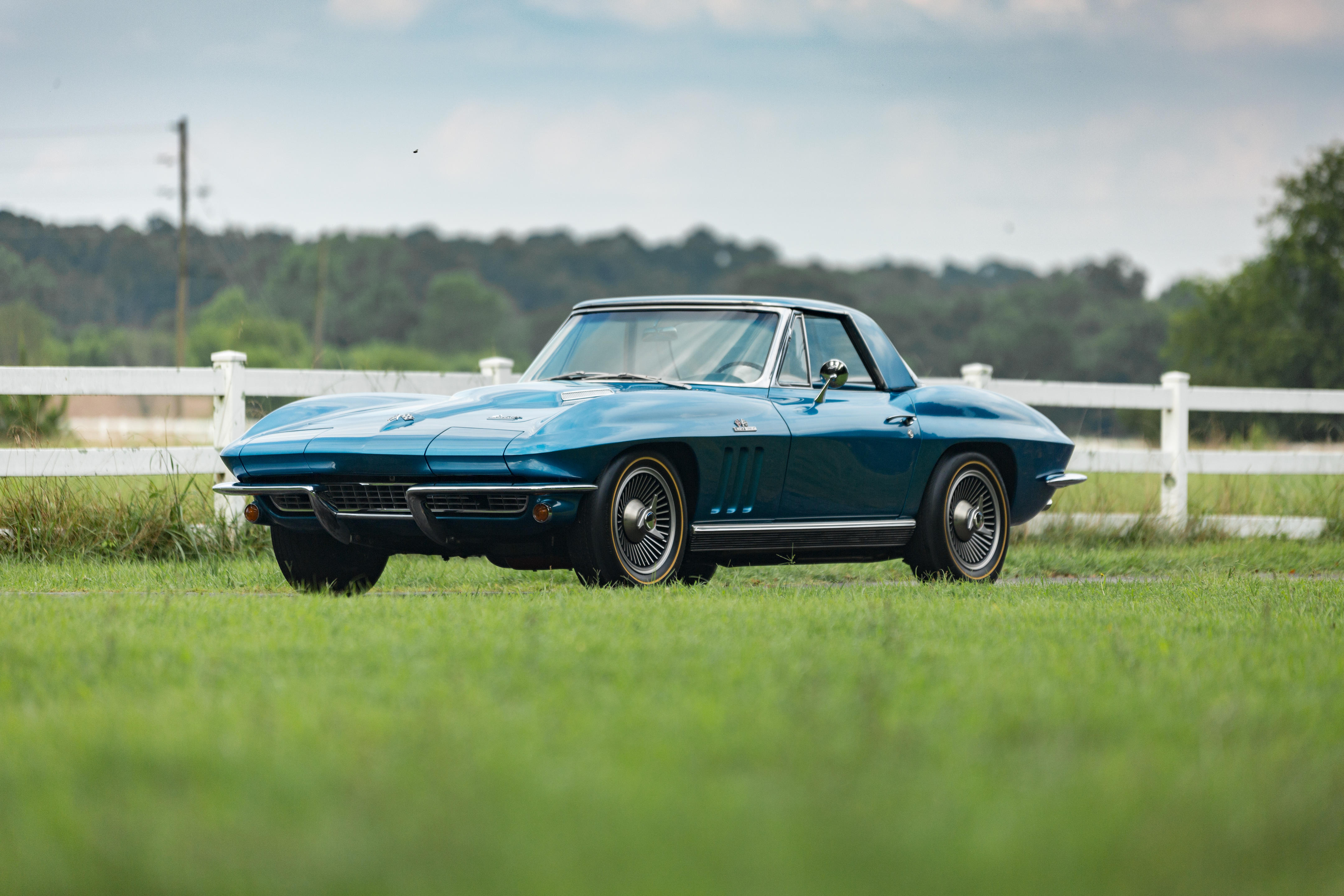
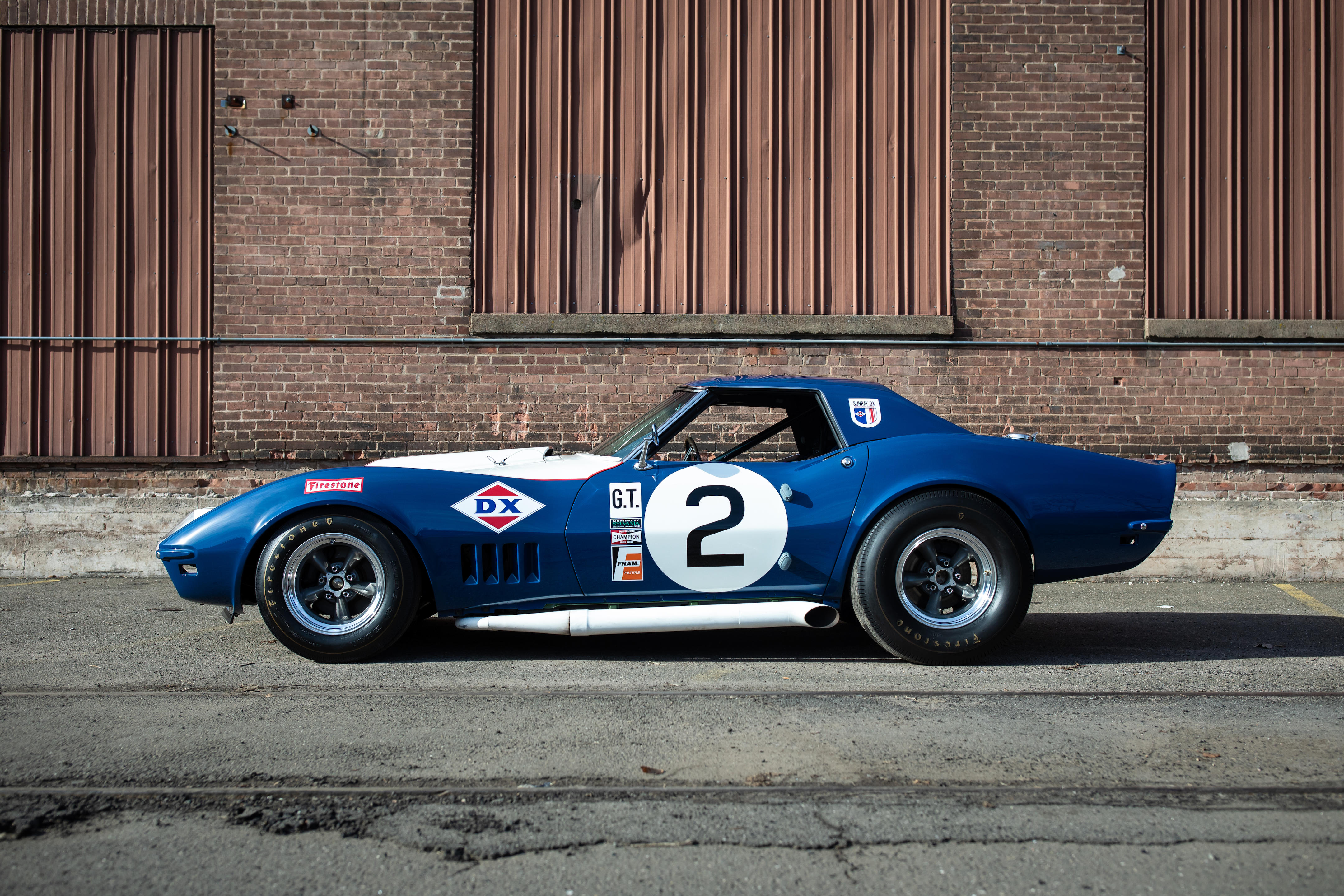

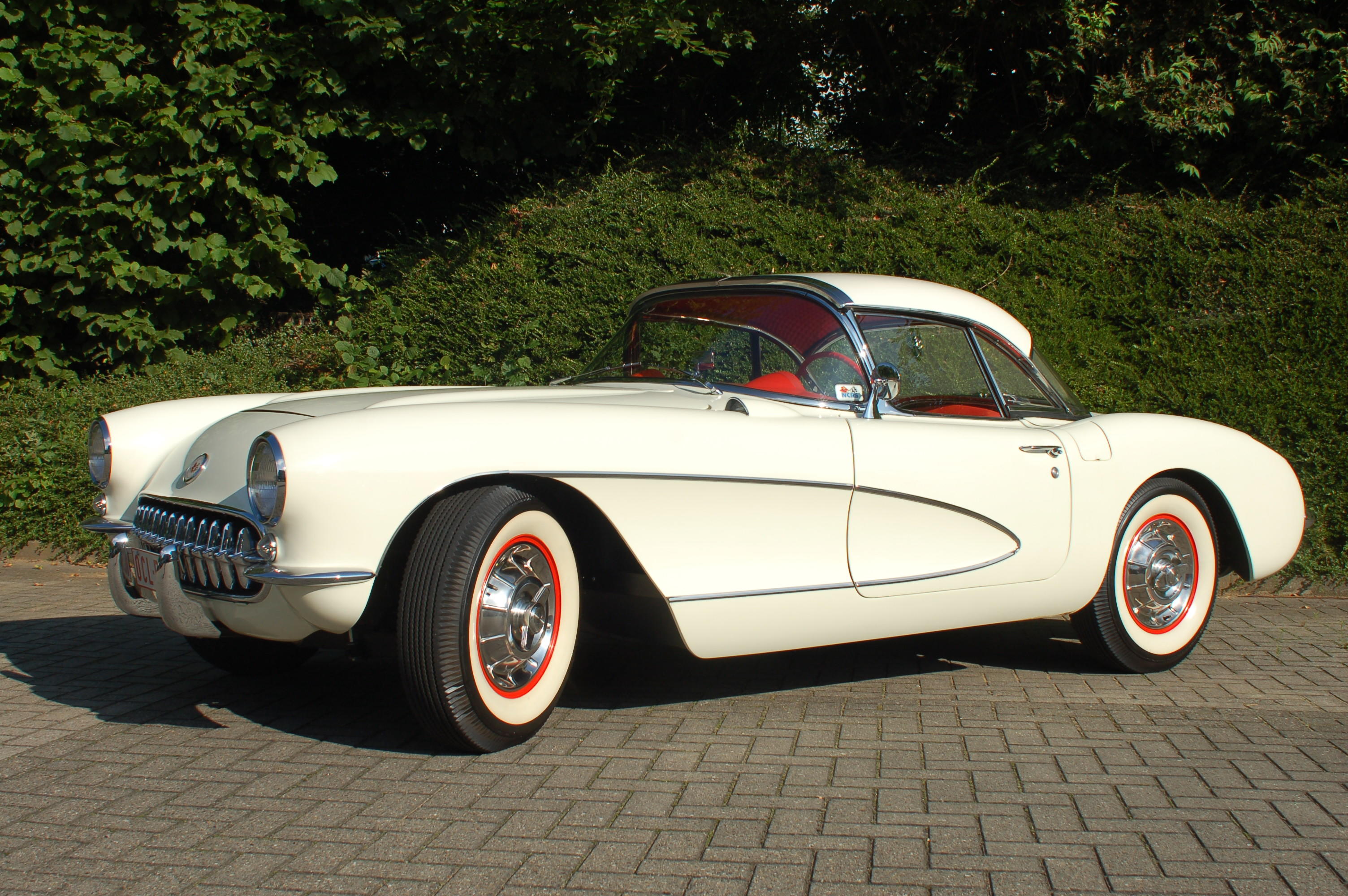
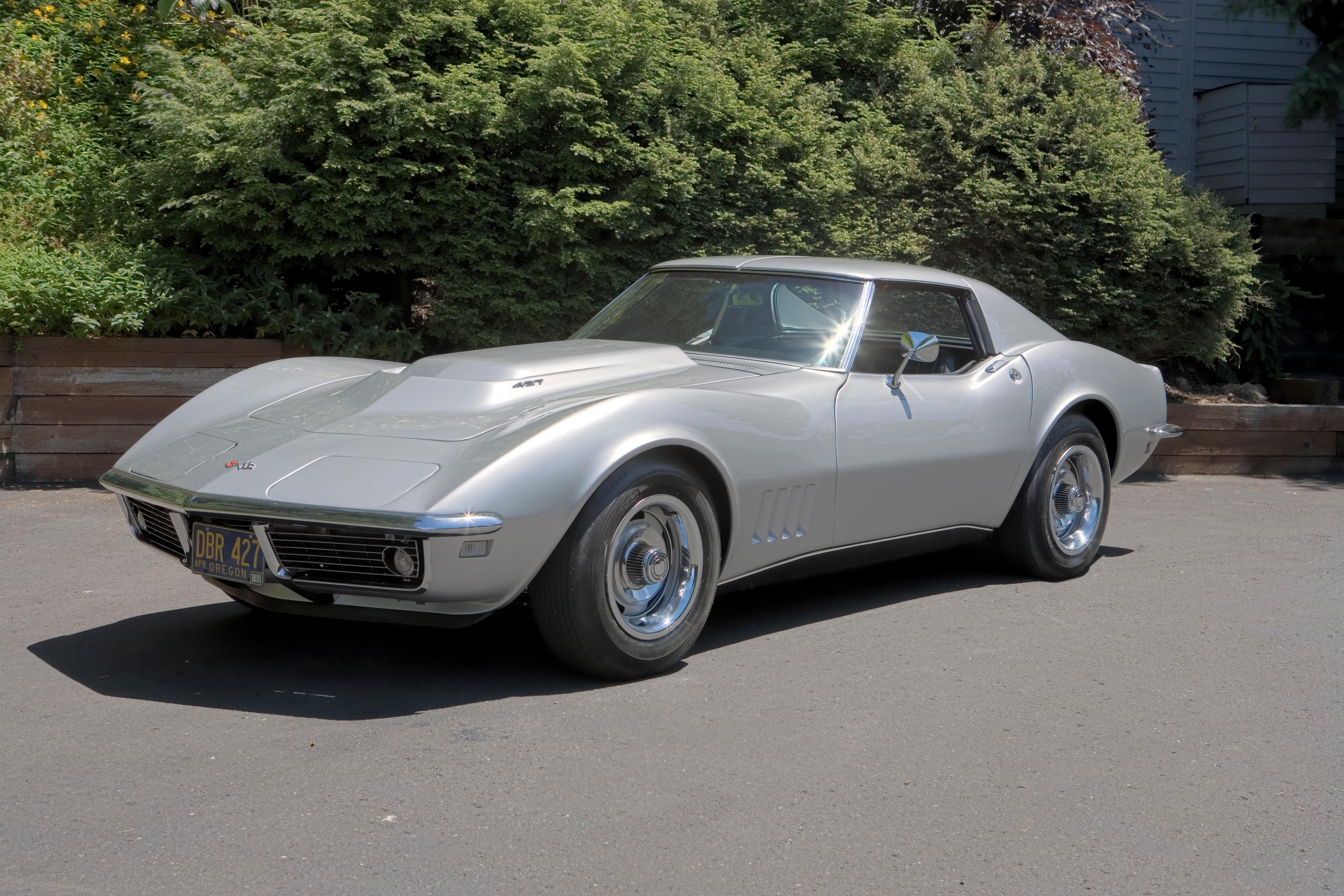

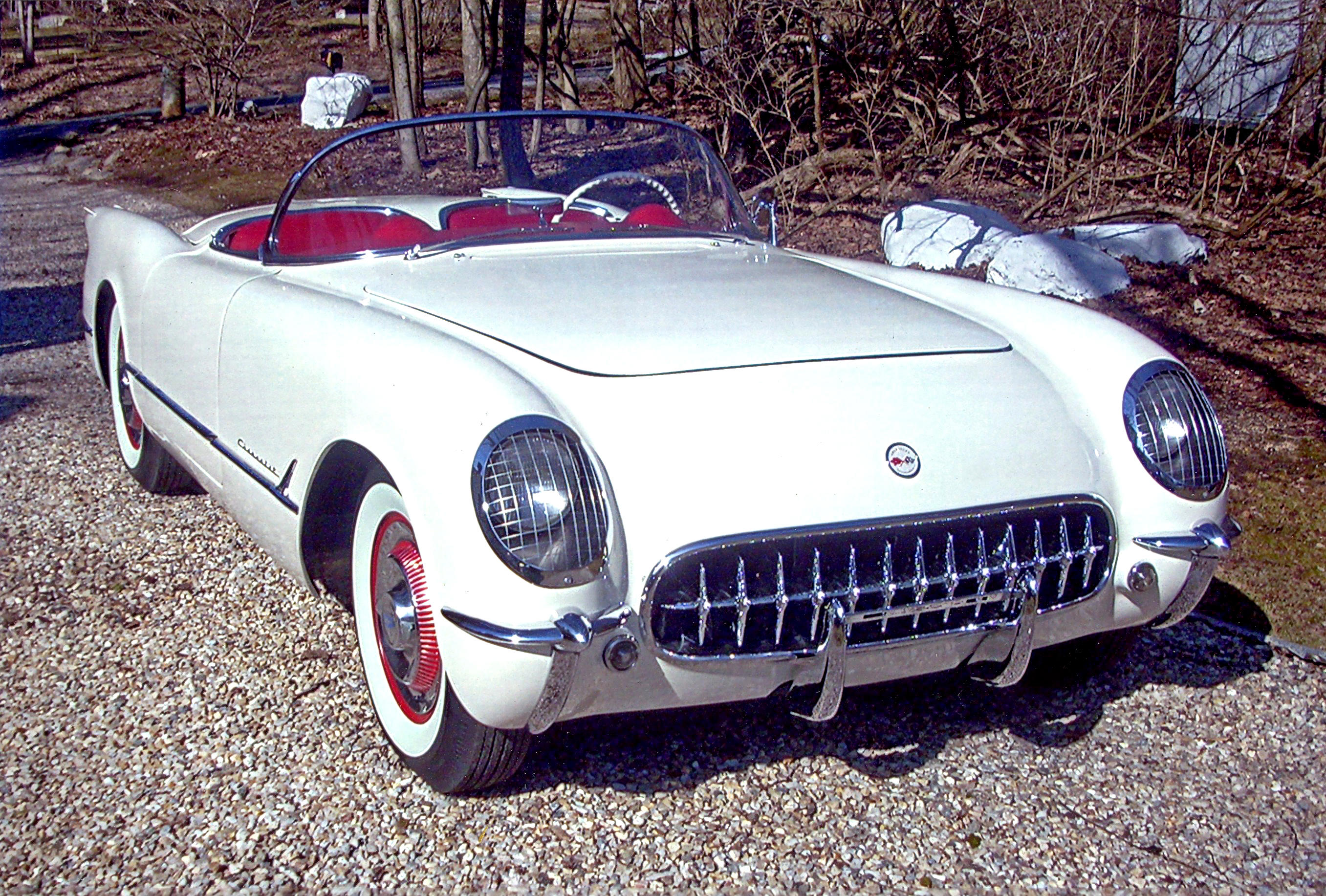



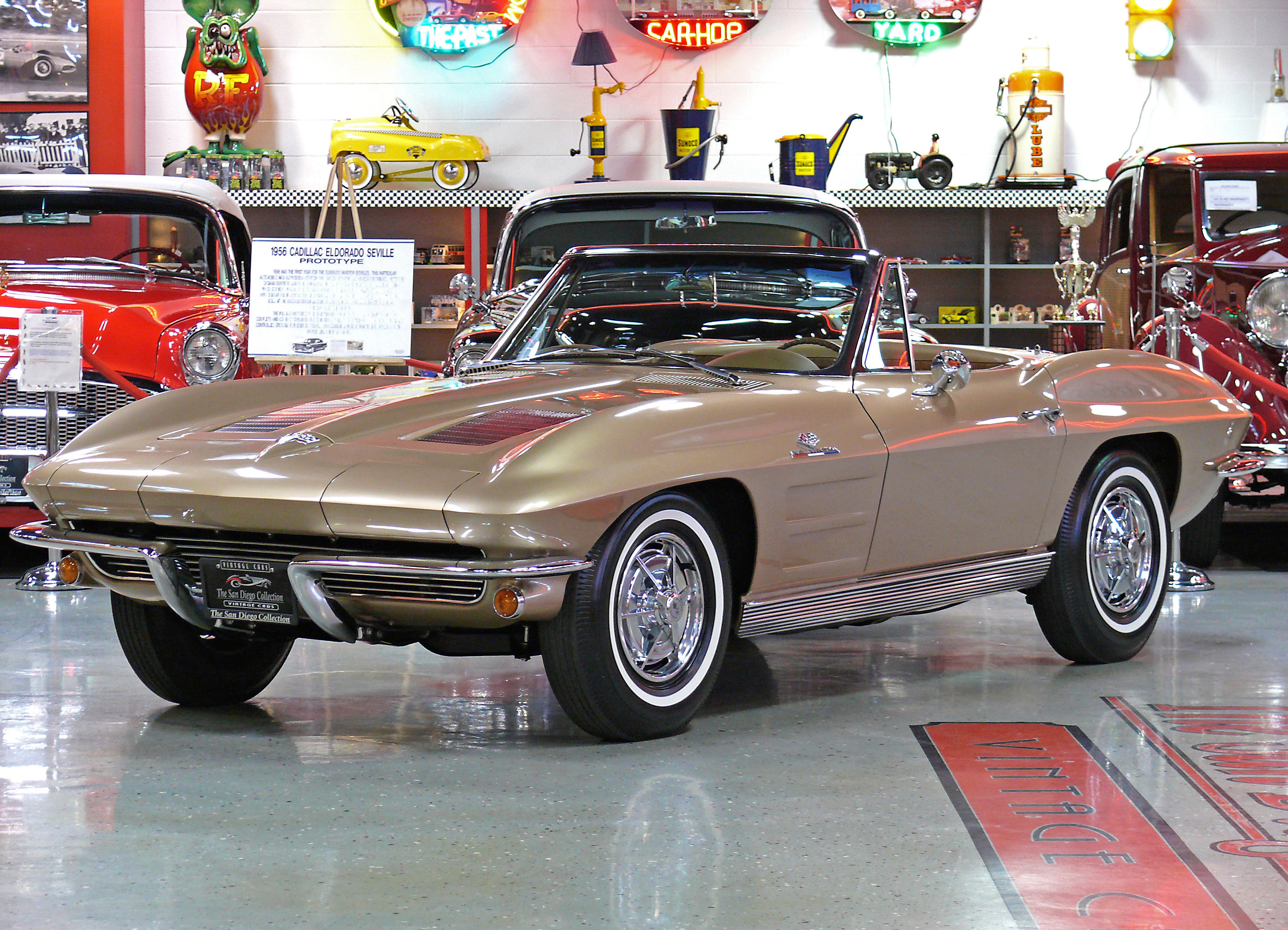
Try LotSearch and its premium features for 7 days - without any costs!
Be notified automatically about new items in upcoming auctions.
Create an alert